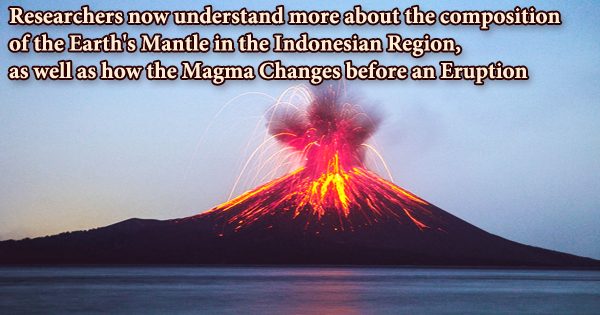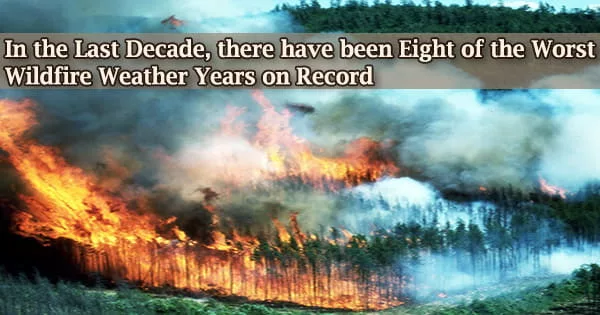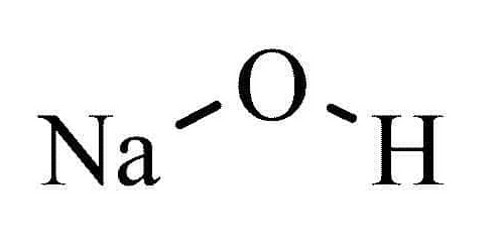Rising water temperatures are sweeping the world’s oceans, shattering records and posing a threat to marine life. Periods of abrupt ocean warming, in contrast to heatwaves on land, can last for months or years. These “marine heatwaves” have caused widespread species extinctions, population decreases, and habitat destruction all across the world.
According to recent study, even maritime regions that are off-limits to fishing are nonetheless susceptible to these catastrophic weather conditions brought on by climate change.
A study published today in Global Change Biology, led by researchers at UC Santa Barbara, found that while California’s network of marine protected areas (MPAs) provide many social and ecological benefits, they are not resilient to the effects of ocean warming. In order to preserve and safeguard marine ecosystems, habitats, species, and cultural values, MPAs are areas in the ocean where human activities, such as fishing, are banned.
The study, part of a 10-year review of California’s MPA network conducted at UCSB’s National Center for Ecological Analysis & Synthesis (NCEAS), found that marine heatwaves impact ecological communities regardless of whether they are protected inside MPAs.
“MPAs in California and around the world have many benefits, such as increased fish abundance, biomass and diversity,” said Joshua Smith, who led the study while he was a postdoctoral researcher at NCEAS. “But they were never designed to buffer the impacts of climate change or marine heatwaves.”
An NCEAS working group was established to compile decades’ worth of long-term ecological monitoring data from California’s many ocean habitats. Smith and co-authors from all over the world were a part of this group.
The group, co-led by Jenn Caselle, a researcher with UCSB’s Marine Science Institute, and Kerry Nickols, a professor from Cal State University Northridge who now works with the non-profit Ocean Visions, aimed to provide actionable scientific results to California’s policy makers and natural resource managers, as part of a statewide Decadal Evaluation of the MPA network. Their analyses spanned the largest marine heatwave on record, which rolled through the Pacific Ocean toward California from 2014-2016.
The ecological communities in MPAs are still being protected, even if they are different as a result of the heatwave. Given that marine heatwaves are anticipated to increase in frequency and magnitude into the future, swift climate action and nature-based solutions are needed as additional pathways to enhance the health of our oceans.
Joshua Smith
The monster marine heatwave was formed from an environmental double-whammy unusual ocean warming nicknamed “The Blob,” followed by a major El Niño event that prolonged the sweltering sea temperatures. The marine heatwave blanketed the West Coast from Alaska to Baja and left a wake of altered food webs, collapsed fisheries, and shifted populations of marine life among various other consequences.
The extent to which MPAs can cushion the worst of these catastrophes has become a crucial concern as MPA managers around the world deal with rising climate shocks. The working group scientists asked how the ecological communities in California’s protected areas fared after such a severe and prolonged heatwave: Would the communities shift and if so, how? Would they ‘bounce back’ when the marine heatwave subsided? Could the marine protected areas protect sensitive populations or facilitate recovery?
They analyzed data gathered over a decade from 13 no-take MPAs spread over a number of ecosystems along the Central Coast, including rocky intertidal zones, kelp forests, and shallow and deep rocky reefs, to determine the answers to their queries. Using information from before, during, and after the heatwave, the researchers examined the populations of fish, invertebrates, and seaweed both inside and outside these regions.
In addition, they concentrated on two of these habitats rocky intertidal and kelp forests at 28 MPAs over the entire statewide network to see whether these areas supported a specific type of climate resilience that preserved both population and community structure.
“We used no-take MPAs as a type of comparison to see whether the protected ecological communities fared better to the marine heatwave than places where fishing occurred,” said Smith, now an Ocean Conservation Research Fellow at Monterey Bay Aquarium.
The results are somewhat sobering, though not altogether unexpected.
“The MPAs did not facilitate resistance or recovery across habitats or across communities,” Caselle said. “In the face of this unprecedented marine heatwave, communities did change dramatically in most habitats. But, with one exception, the changes occurred similarly both inside and outside the MPAs. The novelty of this study was that we saw similar results across many different habitats and taxonomic groups, from deepwater to shallow reefs and from fishes to algae.”
The implication of these findings, according to Smith, is that every part of the ocean is under threat from climate change. “MPAs are effective in many of the ways they were designed, but our findings suggest that MPAs alone are not sufficient to buffer the effects of climate change.”
The key question now is what will happen in the future? The ecological communities have not yet reached their previous, pre-heatwave status as of the time of this study, which uses data through 2020.
According to the paper, these ecological communities shifted toward a “pronounced decline in the relative proportion of cold-water species and an increase in warm water species.” For example, increases in the abundance of the señorita fish (Oxyjulis californica), a subtropical species with warm water affinity and previously rare in central California, had an outsized influence on the shift of communities. Whether these species persist in their new locations remains to be seen.
“This study makes it clear why long-term monitoring of California’s MPAs is so critical,” said Caselle. “Some of these time series are longer than 25 years at this point and the data are critical to understanding and readying human communities for the changes occurring in our marine communities.”
If future changes in marine communities occur at different rates or to different base states in MPAs compared to fished regions, it will be clear through further research.
Despite the limited ability of MPAs to resist the grip of the marine heatwave, they do confer benefits, not the least of which is the ability to study the complex effects of climate change in areas not impacted by fishing. They provide possibilities to investigate the response of marine ecosystems to changing conditions and perhaps adapt management strategies because they are areas with little human involvement that are constantly monitored.
Moreover, as Smith stated, “the ecological communities in MPAs are still being protected, even if they are different as a result of the heatwave. Given that marine heatwaves are anticipated to increase in frequency and magnitude into the future, swift climate action and nature-based solutions are needed as additional pathways to enhance the health of our oceans.”
Kerry Nickols adds, “With the devastating impacts of climate change already apparent, it is very important that we are upfront about climate solutions as long as we are burning fossil fuels and warming the globe marine ecosystems will be at risk, even if they are protected from fishing.”
This paper is the first in a series led by the NCEAS working group. The impact of MPAs on fish populations and fisheries, human interaction across the California MPA network, and a synthesis of marine protected areas that benefit both people and nature are all topics covered in upcoming articles.
















